This case study in our Conservation Tech Showcase highlights the Center for Conservation Innovation Philippines Inc. (CCIPH), who developed a biodiversity monitoring app that supports local communities’ capacity to protect wildlife and inform decision-making based on the data gathered.
About the Center for Conservation Innovation Philippines Inc.
The Center for Conservation Innovation Philippines Inc. is a non-profit operating in the Philippines with a mission to develop innovative biodiversity conservation approaches and regenerative livelihoods through partnerships and capacity building.
CCIPH aims to enable critical conservation work in the region and serve as a consolidator and broker of conservation capacity, innovations, and successes. Through the efforts of their dedicated team, CCIPH has established itself as a valuable resource for biodiversity conservation efforts in the region.
CCIPH's Innovative Technology Initiatives for Conservation
One of CCIPH’s most notable conservation technology initiatives thus far is the Lawin Forest and Biodiversity Protection System. This system was developed in 2015 to strengthen forest and biodiversity protection and management in the region, and has since become a national strategy spearheaded by the Philippines' Department of Environment and Natural Resources (DENR) Forest Management Bureau (FMB) under the USAID B+WISER Program.
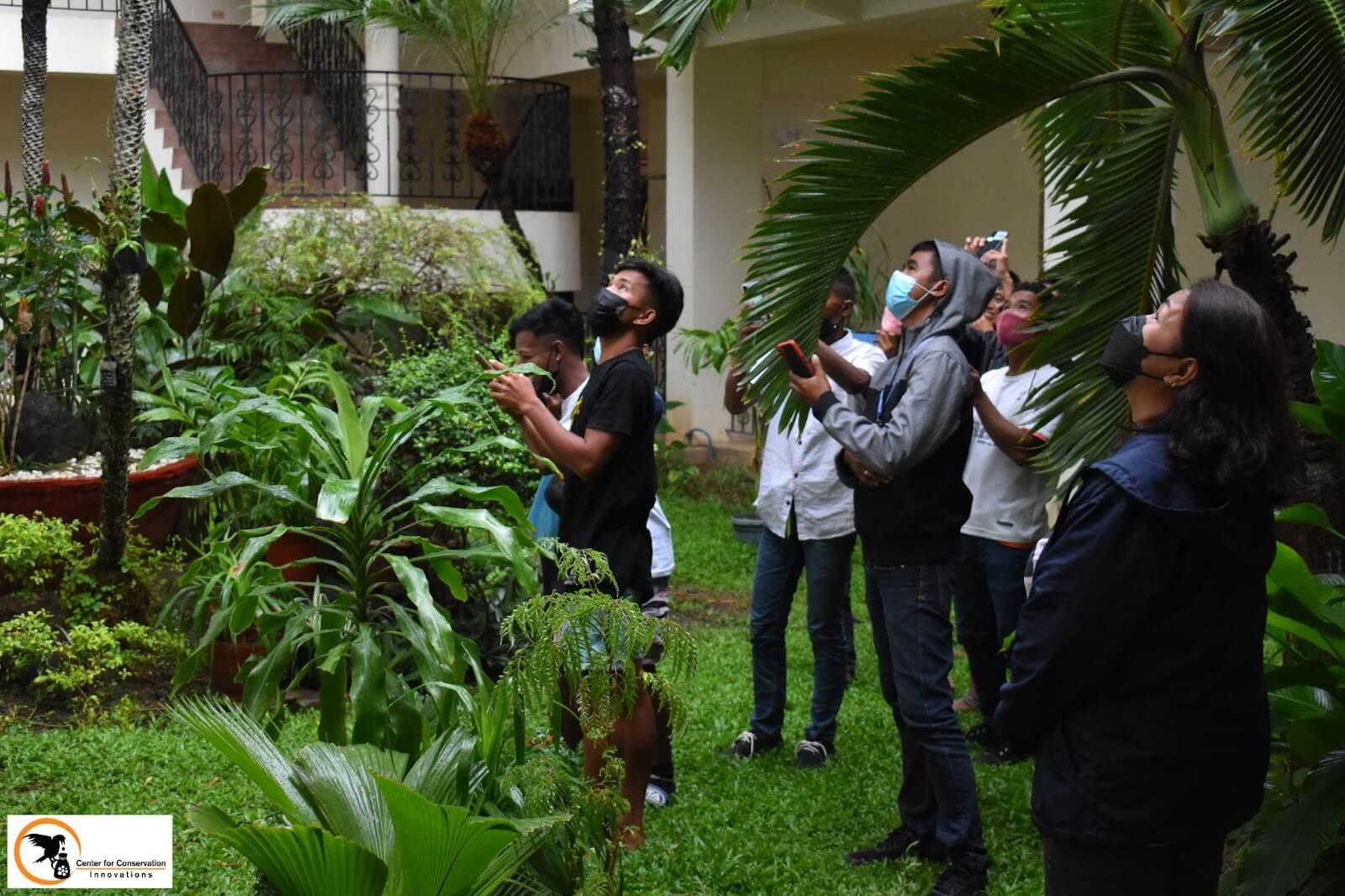
The Lawin system uses CyberTracker and SMART tools for data collection, management, analysis, and reporting. CyberTracker is used to gather on-the-ground data on species, habitat, and threats, while SMART manages and analyzes this data. In 2015, the Lawin system was recognized by the United Nations as one of 12 innovations with exceptional potential to contribute to achieving the Sustainable Development Goals.
The DENR is still implementing the Lawin system, and plans are underway to upgrade it with additional tools for bioacoustic monitoring, as well as additional systems for biodiversity and socio-economic assessment and monitoring.
In 2017, CCIPH developed the Biodiversity and Threats Monitoring App (BioMon), which streamlines field data capture and provides real-time data analytics. BioMon builds on Lawin's success and simplifies data entry and sharing while enabling communities to map biodiversity and identify threats. The app aims to build local communities' capacity to actively monitor their key biodiversity areas and inform decision-makers and conservation area managers.
Although currently offline and pending further development, BioMon demonstrates CCIPH's ongoing efforts to leverage innovative technology to improve conservation outcomes and promote their mission of science-based, nature-inspired, and socially effective conservation strategies.

In 2021, CCIPH partnered with EarthRanger to create a standardized platform for the different tools and systems implemented by the DENR. This collaboration aims to improve natural resource management, reduce environmental conflicts, and facilitate data capture, retrieval, analysis, and reporting. CCIPH conducted EarthRanger training through Citizen Science in 25 barangays in Palawan, and with the DENR Biodiversity Management Bureau (BMB) and its six pilot protected areas in 2022.
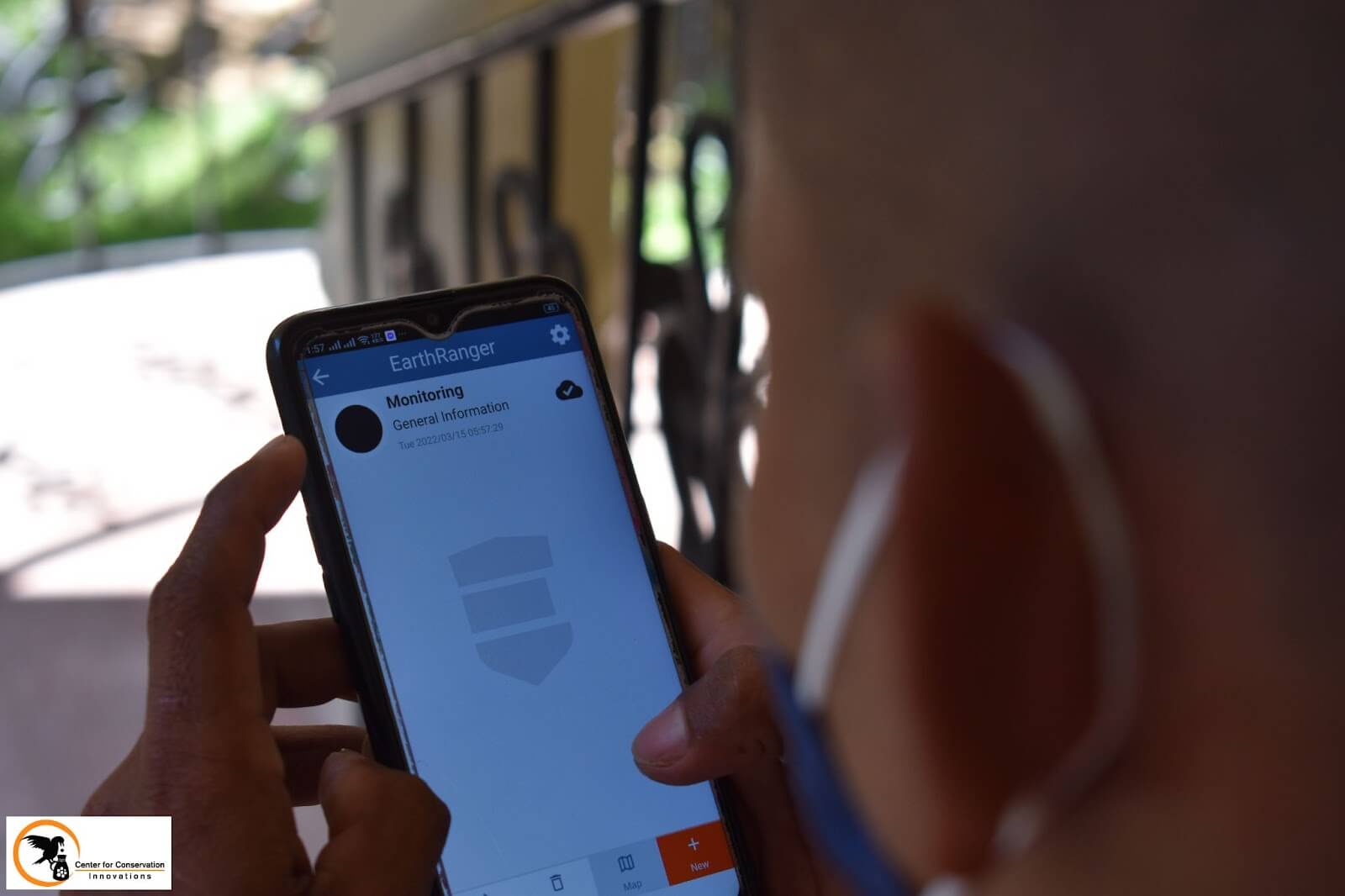
CCIPH is also utilizing EarthRanger for rapid biodiversity assessments in post-disaster scenarios. Through the USAID's SIBOL project, they are collaborating with the Protected Area Management Offices in Palawan to develop rehabilitation plans that address environmental issues, including ecosystems, ecosystem services, and biodiversity.
Beyond this, CCIPH is providing technical support to the Puerto Princesa City Environment and Natural Resources Office (PPC ENRO) in the development of a digital monitoring system for effective management of Cleopatra's Needle Critical Habitat (CNCH) in Palawan. By using real-time data capture and visualization, CCIPH aims to support the biodiversity and threats monitoring program of PPC ENRO and sustainably manage emerging and long-term risks that may result from future natural disasters.
The use of EarthRanger’s technological tools has empowered local and indigenous communities in the Philippines by enabling them to monitor biodiversity and threats in their own regions, and to participate in local planning for the protection of their local wildlifes’ habitats. Through these efforts, these communities are given ownership of their data and assurance that it will be used to improve wildlife protection strategies and prevent potential threats. The platform has also been useful in providing information in areas that are not easily accessible. In short, by empowering women, youth, and other underrepresented groups in the region to take a leadership role in protecting their forests, more effective and sustainable solutions can be achieved that benefit both people and the environment.
How can others learn from CCIPH's initiatives?
The CCIPH's citizen science training on EarthRanger has provided valuable insights into the use of technology for biodiversity monitoring, making it a model that others can learn from. The program has demonstrated that training local communities is an effective way to improve data gathering, expanding the coverage of biodiversity and threats monitoring beyond protected areas. As such, the program has the potential to scale elsewhere, with trained individuals from PPC ENRO able to replicate the training for others. The information generated by EarthRanger's monitoring can provide near-real-time data that can help inform national regulatory agencies of environmental trends occurring in the target areas.
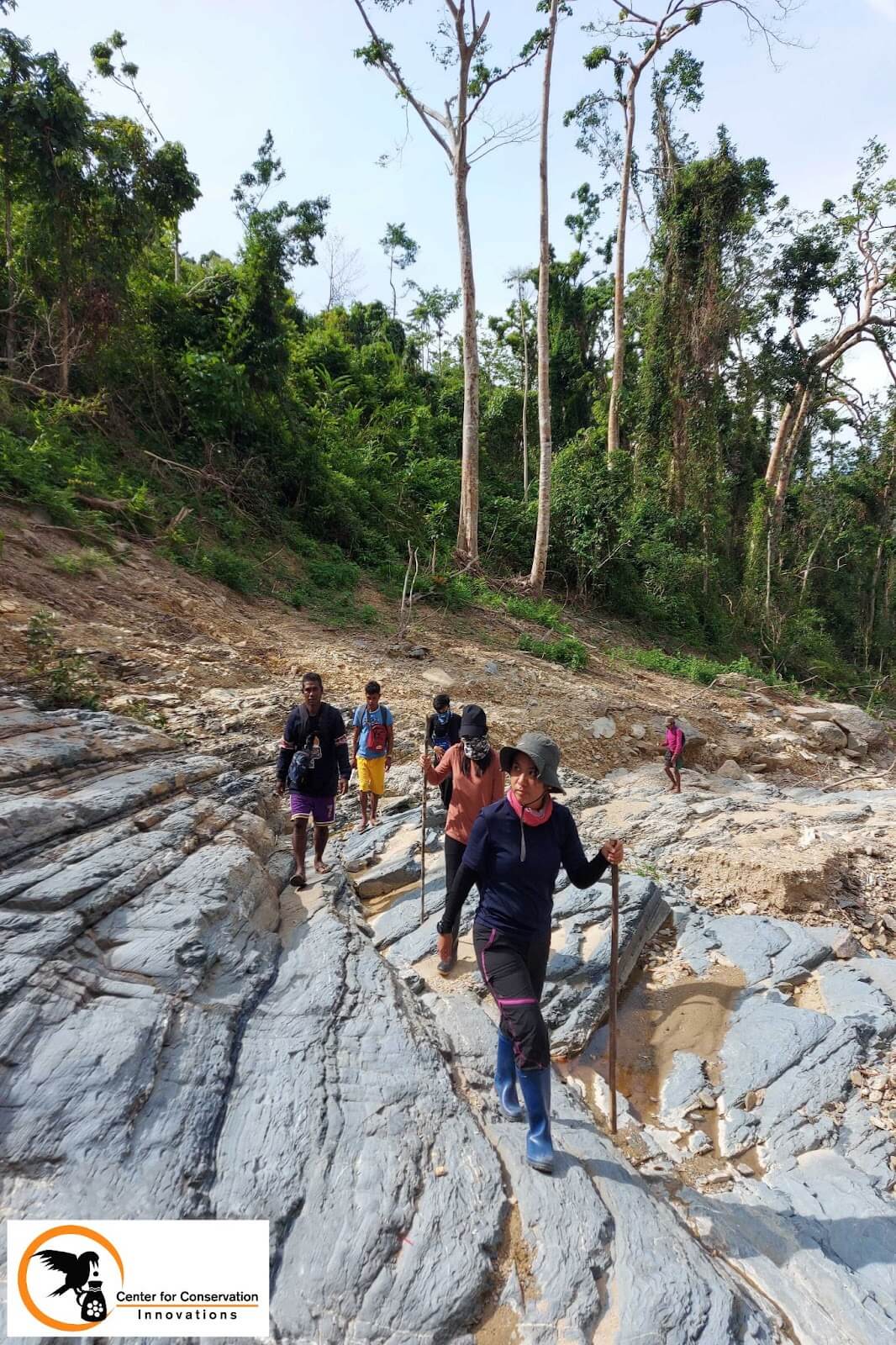
However, organizations implementing the program may face challenges, such as logistics, technical capacity, receptiveness, and resources. On-site training may be hindered by a lack of stable internet connection and limited staff able of providing one-on-one assistance. Technical support may be required for participants with limited technological skills, and there may be resistance to using new technology for data collection. Availability of hardware resources should also be considered, and providing equipment and field kits can incentivize participation.
Despite these challenges, the EarthRanger program is a valuable tool for biodiversity monitoring and sustainable development, and with proper planning and preparation, these challenges can be overcome to utilize this technology effectively and impactfully.
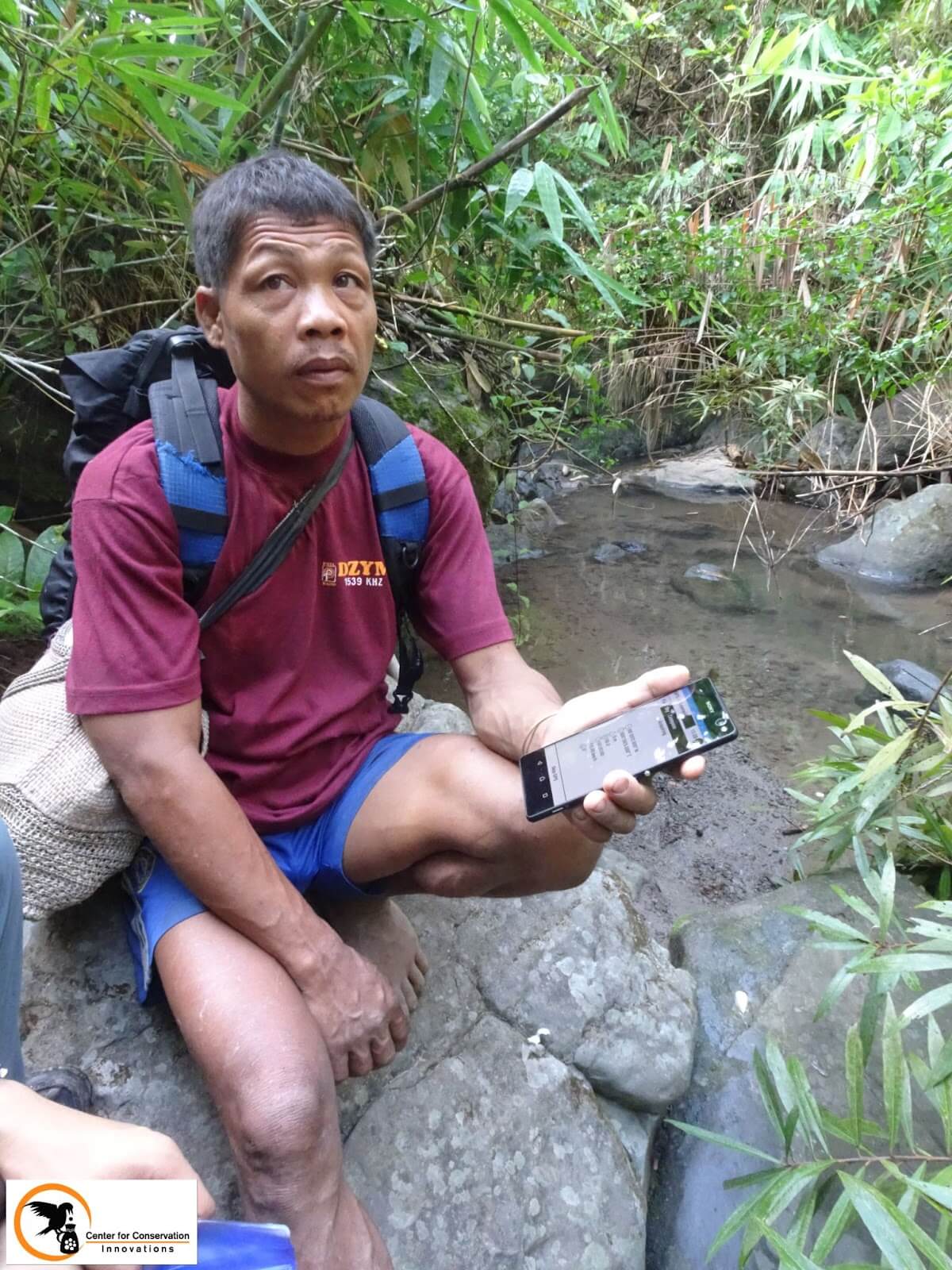
CCIPH recommends four strategies to overcome these challenges. Firstly, capacity development through training and local mentorship. Secondly, providing hardware for data collection and management. Thirdly, implementing a feedback mechanism for patroller performance, such as monthly reports. And finally, developing an implementation plan with monitoring objectives, data models, and capacity building. Together, these measures can ensure effective and efficient implementation of the EarthRanger system for wildlife conservation.
How can I engage with CCIPH?
CCIPH is committed to utilizing innovative technology to enhance conservation efforts, demonstrated through their contributions to Lawin Forest and Biodiversity Protection System and BioMon. Their engagement with EarthRanger has potential to revolutionize conservation efforts in the Philippines. CCIPH is an important resource for biodiversity conservation in the region, exemplifying the power of technology in advancing conservation efforts.
Contact Neil Aldrin Mallari at a.mallari@conservation-innovations.org to learn more about how you can collaborate and support CCIPH’s work in biodiversity monitoring and sustainable natural resource management in the Philippines.
Explore the 2023 Conservation Tech Showcase
Our new Conservation Tech Showcase is a series exploring successes and bold ideas in the world of conservation technology, shared through case studies about exciting projects from outstanding organizations around the world.
Learn more about the series and its case studies here on WILDLABS.

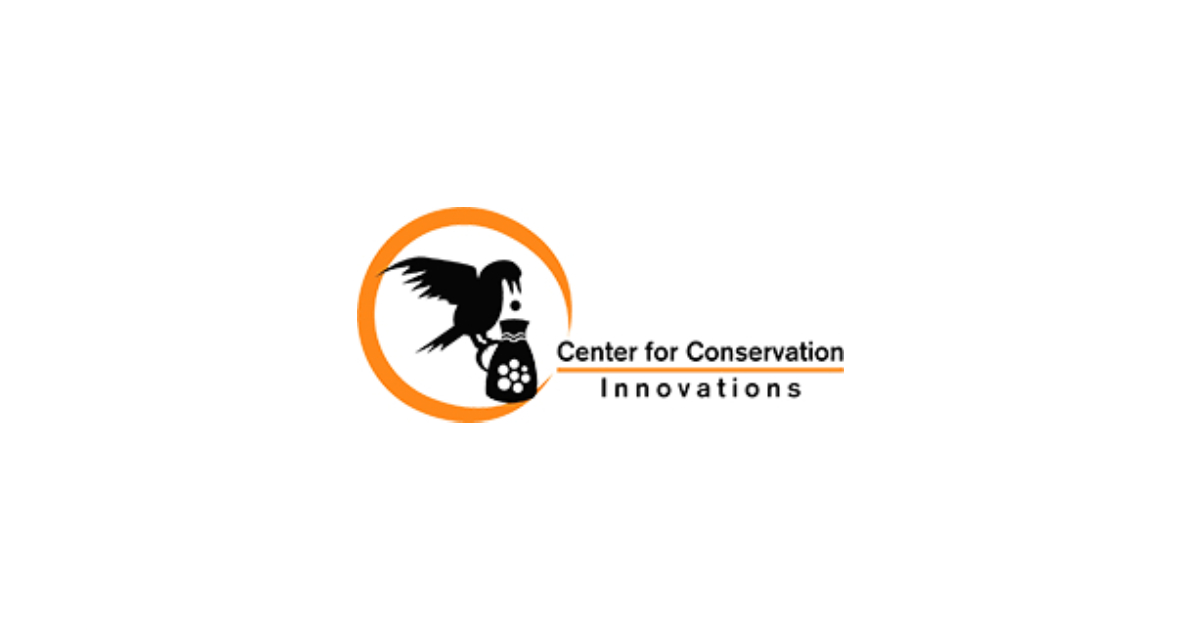
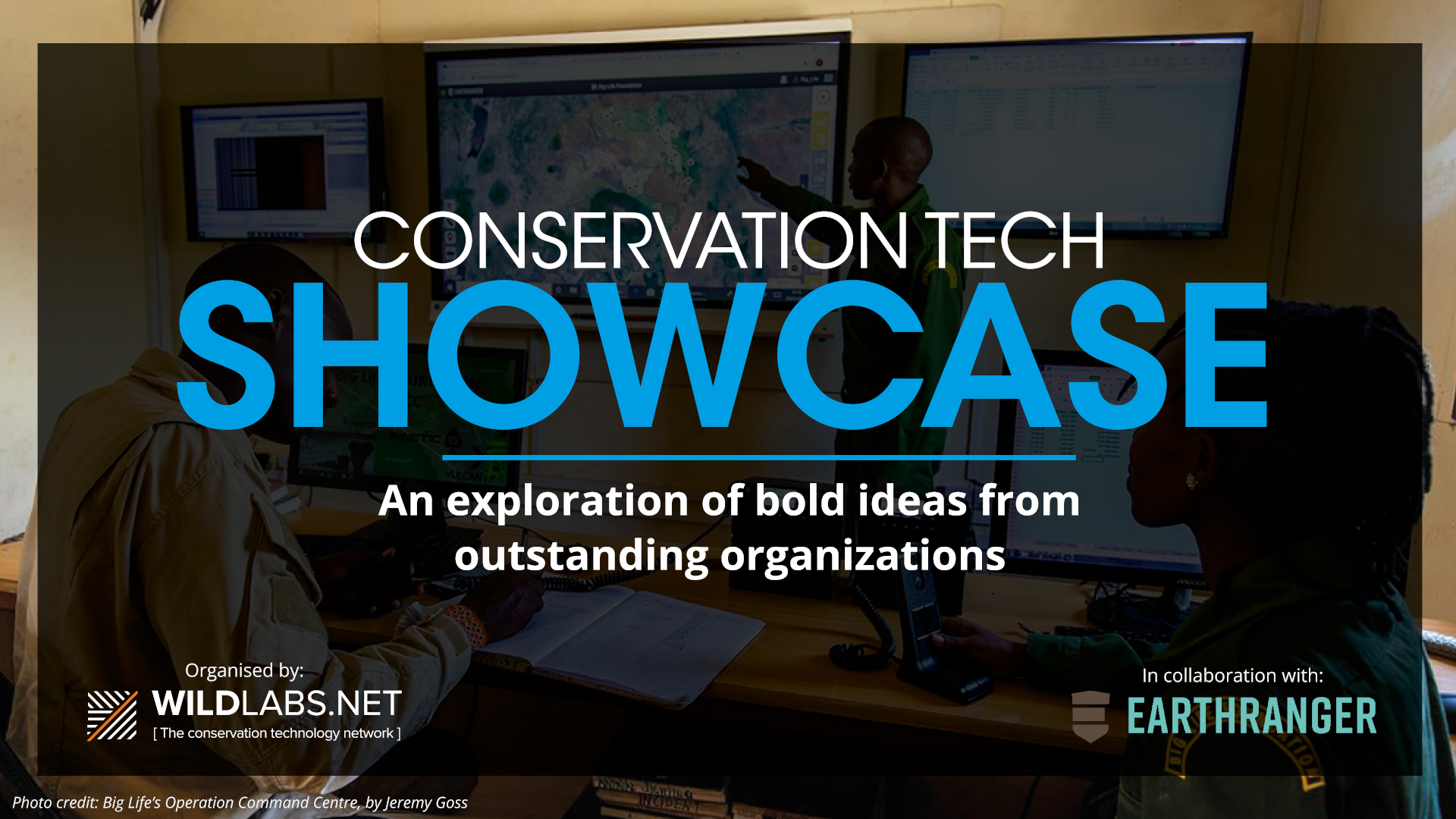

Add the first post in this thread.